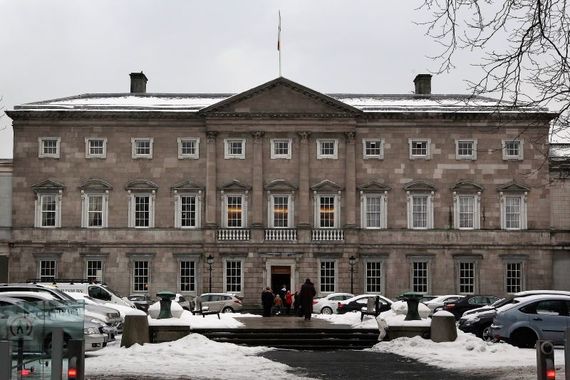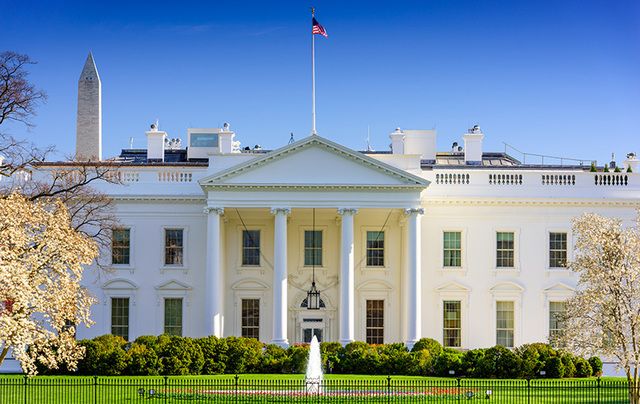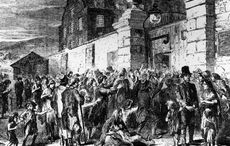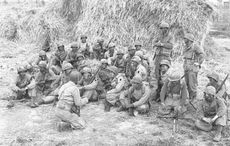James Hoban won a national US competition to be the architect who would design the president's mansion, the White House, in Washington DC. He died on this day, December 8, 1831.
As a boy, Hoban trained as a carpenter and wheelwright and from those beginnings gradually acquired the skills that enabled him to win that competition and design one of the most famous buildings in the world. Of course, seeing as the home of the President of the United States is based on Leinster House, the home of the Irish Parliament in Dublin, it seems obvious that it was an Irishman behind it.
Born in c. 1762, in Callan, County Kilkenny, Hoban was trained in the Neoclassical (Georgian in Britain and Ireland) style and worked in this design tradition throughout his architectural career. He immigrated to the United States just after the Revolutionary War and first settled in Philadelphia.
He moved onwards to South Carolina where he designed the old state capitol building at Columbia.
It was at George Washington’s suggestion that Hoban went to the federal capital in 1792 and submitted a plan for the presidential mansion in Washington DC. Hoban won the national competition and received the commission to build the White House. He was also awarded $500 and a lot in the District of Columbia.
The cornerstone of the famous house was laid in 1793, and work continued until 1801. Hoban also supervised the reconstruction of the building after it was burned by the British, led by Irishmen General Robert Ross after they captured Washington during the War of 1812.
The design for the White House was generally influenced by Leinster House in Dublin and the main facade by plate 51 in James Gibbs’ Book of Architecture (London, 1728). Leinster House was constructed c. 1750 for the Duke of Leinster. Hoban greatly admired the structure and its designer Richard Cassels.
Leinster House, Irish government buildings, in Dublin. 
From 1793 to 1802 Hoban was one of the superintendents in charge of the erection of the Capitol, as designed by William Thornton. The Kilkenny man was also responsible for the design of the Grand Hotel (1793–95), the Little Hotel (1795), and his last federal commission, the State and War Offices (1818), all in Washington DC.
Many details of Hoban's life remain a mystery. During his lifetime he was not the legendary figure he has since become. His personal and business papers were mostly lost in a fire in the 1880s and survived only in scattered drawings, legal documents, and newspaper notices.
He died on December 8, 1831.
* Originally published in 2017. Updated Dec 2024.




Comments